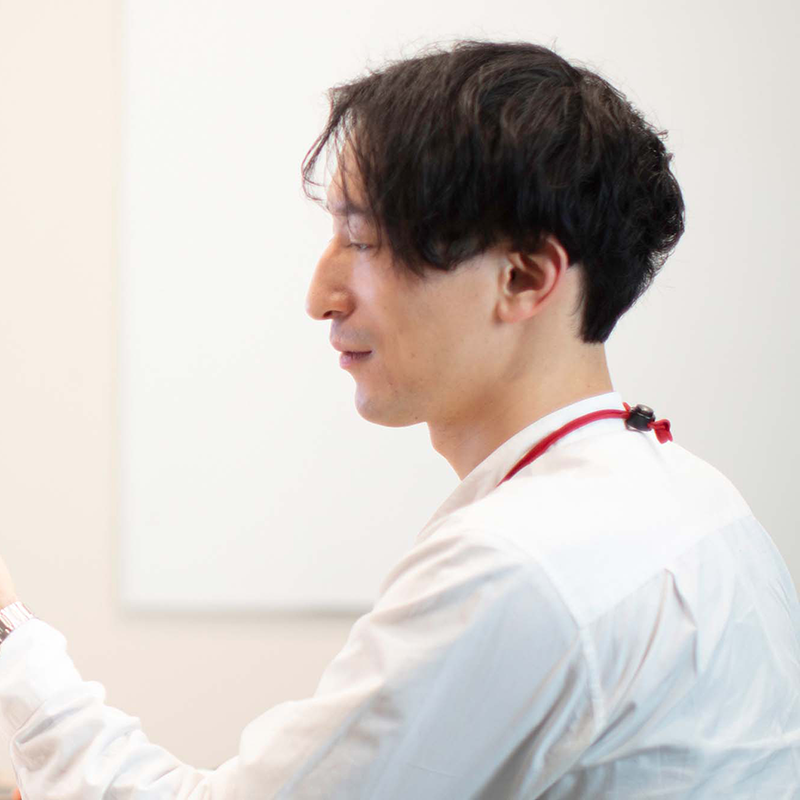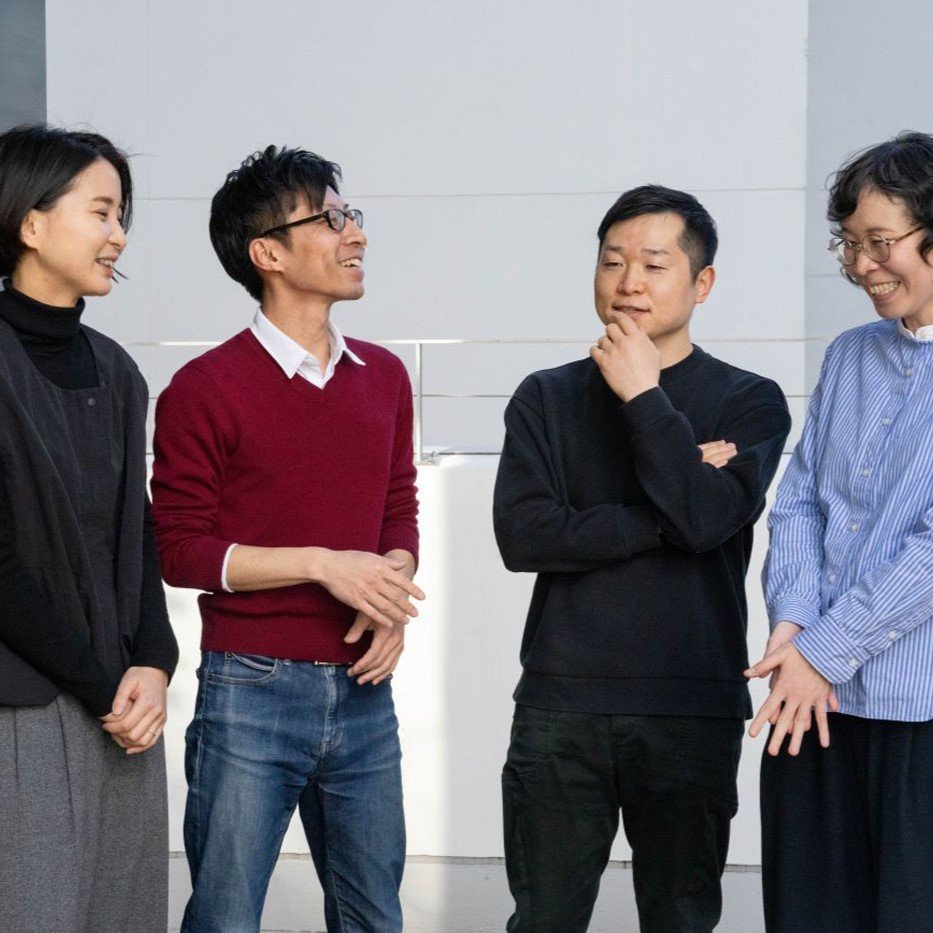Invitation from a Friend
In November of my first year of graduate school, my childhood friend Kanako invited me on a trip to Hokkaido. Kanako and I have been friends since we were five years old, making our relationship about 17 years long at that time. We attended the same school until junior high, but even though we spent less time together after that, our bond remained unchanged.
While lounging in our hotel room, she said, "Iʼve always wanted to open a cake shop and Iʼd like your help." I had heard about her cake shop plans before, so I wasnʼt surprised, but I felt excited that the time had finally come. We both loved planning things, so during the trip, we brainstormed about what products to offer and what kind of brand we wanted to create. This was the start of my journey as a cake designer.
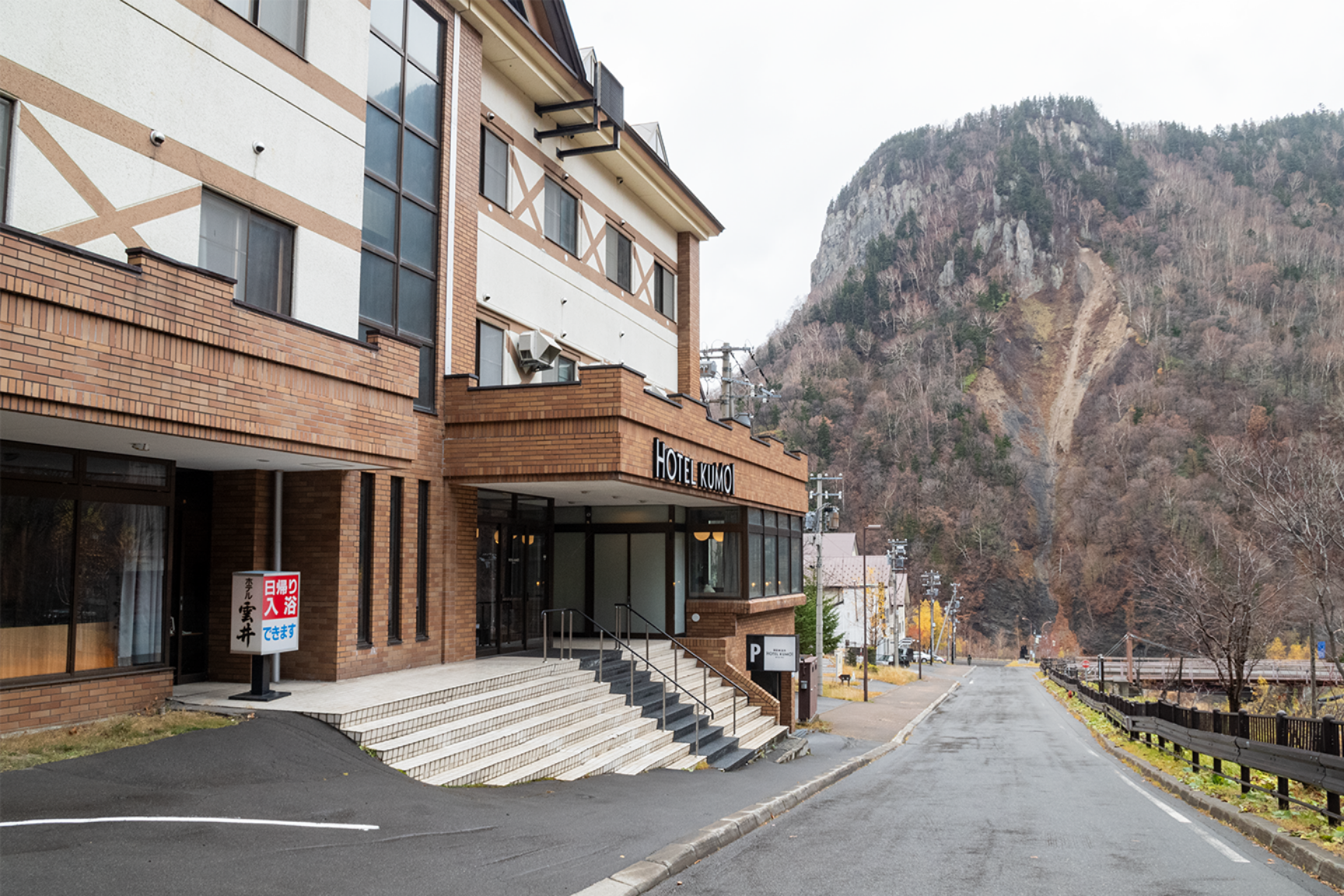
One Role Per Person: The Three-Member Team of Patisserie ATOM
The team running the cake shop Patisserie ATOM consisted of three people: Kanako, Minami (whom youʼll meet shortly), and myself. I met Minami at our first product planning meeting. She was originally a pastry chef and a high school classmate of Kanako. At Patisserie ATOM, Minami handled cake recipe development and production.
Kanako managed the business, Minami took care of production, and I was in charge of design. Although we each had our roles, we didnʼt strictly divide tasks; for instance, we brainstormed ideas for new cakes together. With just a few people, we needed to be flexible and cover for each other. Looking back, I think we were a very compatible team.
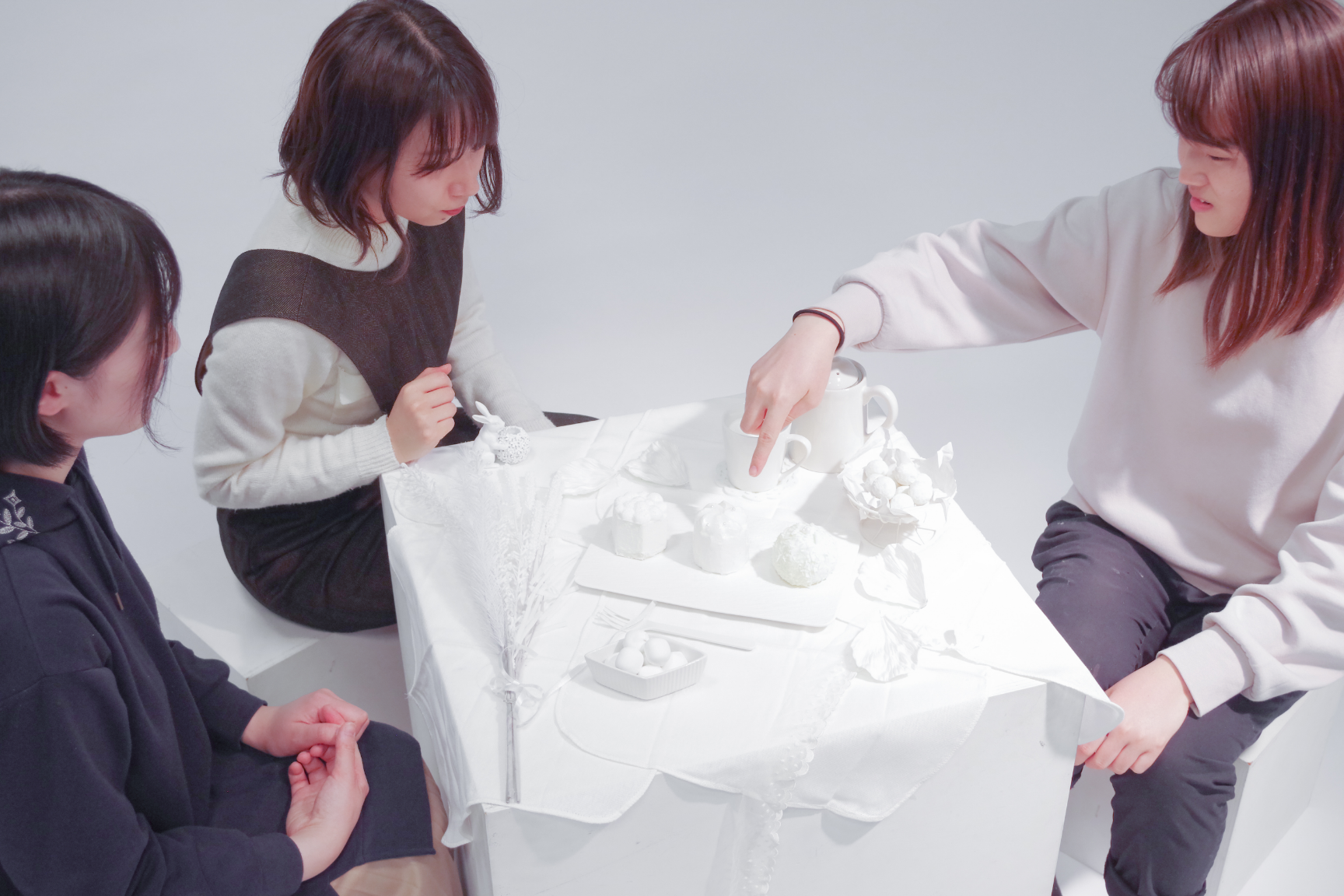
What Does Designing Cakes Involve?
My original task was to design the cakesʼ appearance and packaging. However, it was challenging to come up with designs from scratch, so we started by building the brand image. We discussed how our brand wanted to offer not just sweets, but "time to cherish oneself" and "warm moments with loved ones." We solidified the brand image and translated it into the concept, color, and shape of each cake.
Designing cakes is very different from industrial design. Initially, nothing turned out as expected in terms of shape and color. Our cakes were intended for online sales, meaning they had to be suitable for freezing, thawing, and delivery without losing taste or appearance. Cost was also a consideration. Through numerous revisions and alignments with the team, we finally created satisfactory cakes. I am very grateful to Minami and Kanako for their patience and effort.
The first cake had the concept of "overflowing with your time" and featured a pure white exterior. We wanted to express a crafted beauty, symbolizing a facade, by making it very white. However, itʼs difficult to achieve pure whiteness in food while maintaining good taste. We focused on creating a stark white appearance to enhance the contrast when the cake is cut, revealing vibrant colors inside, symbolizing true self. This contrast was very challenging to achieve. I might have been the one insisting on these ideas, but the real hard work was done by Minami and Kanako. (LOL)
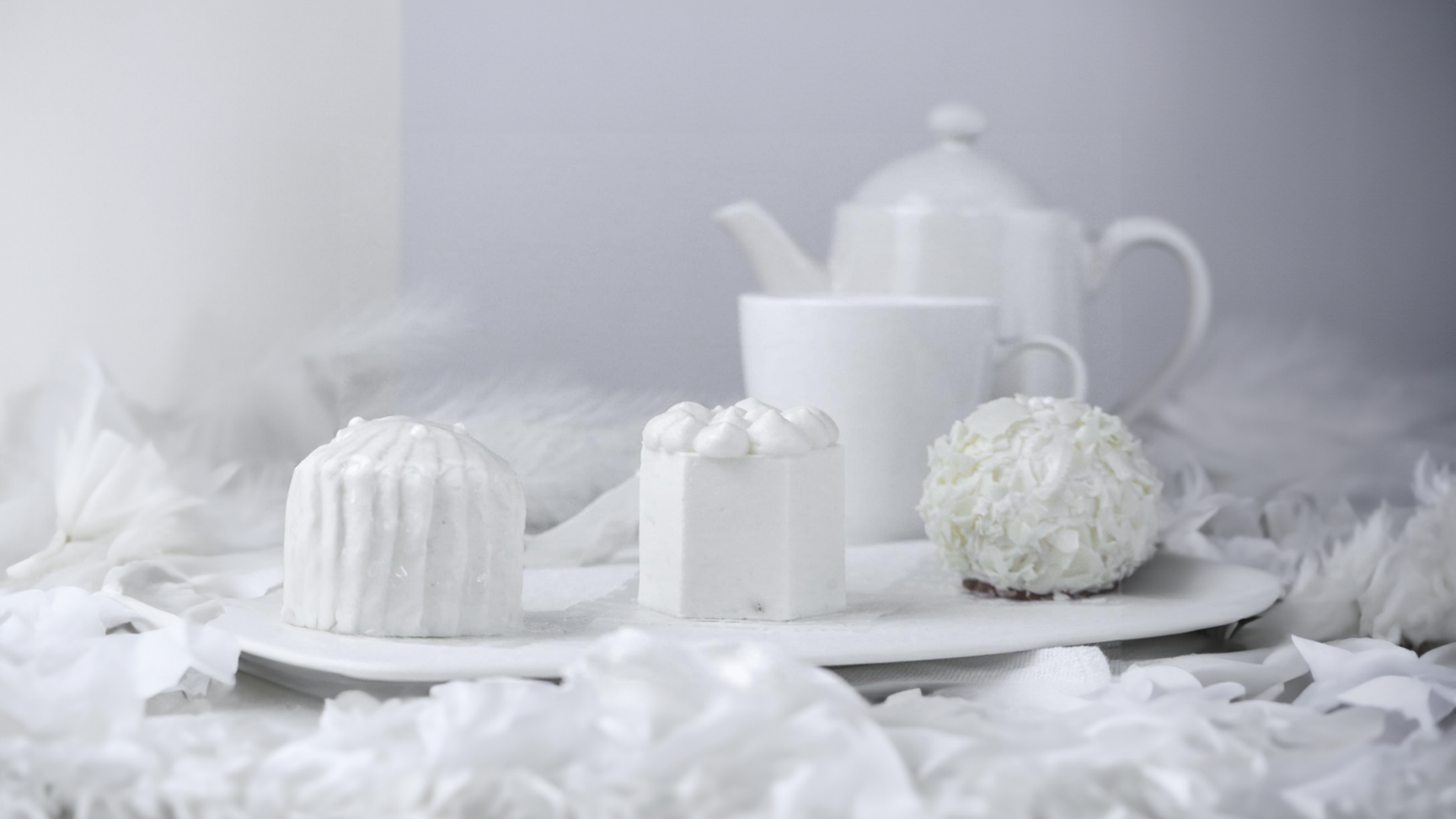
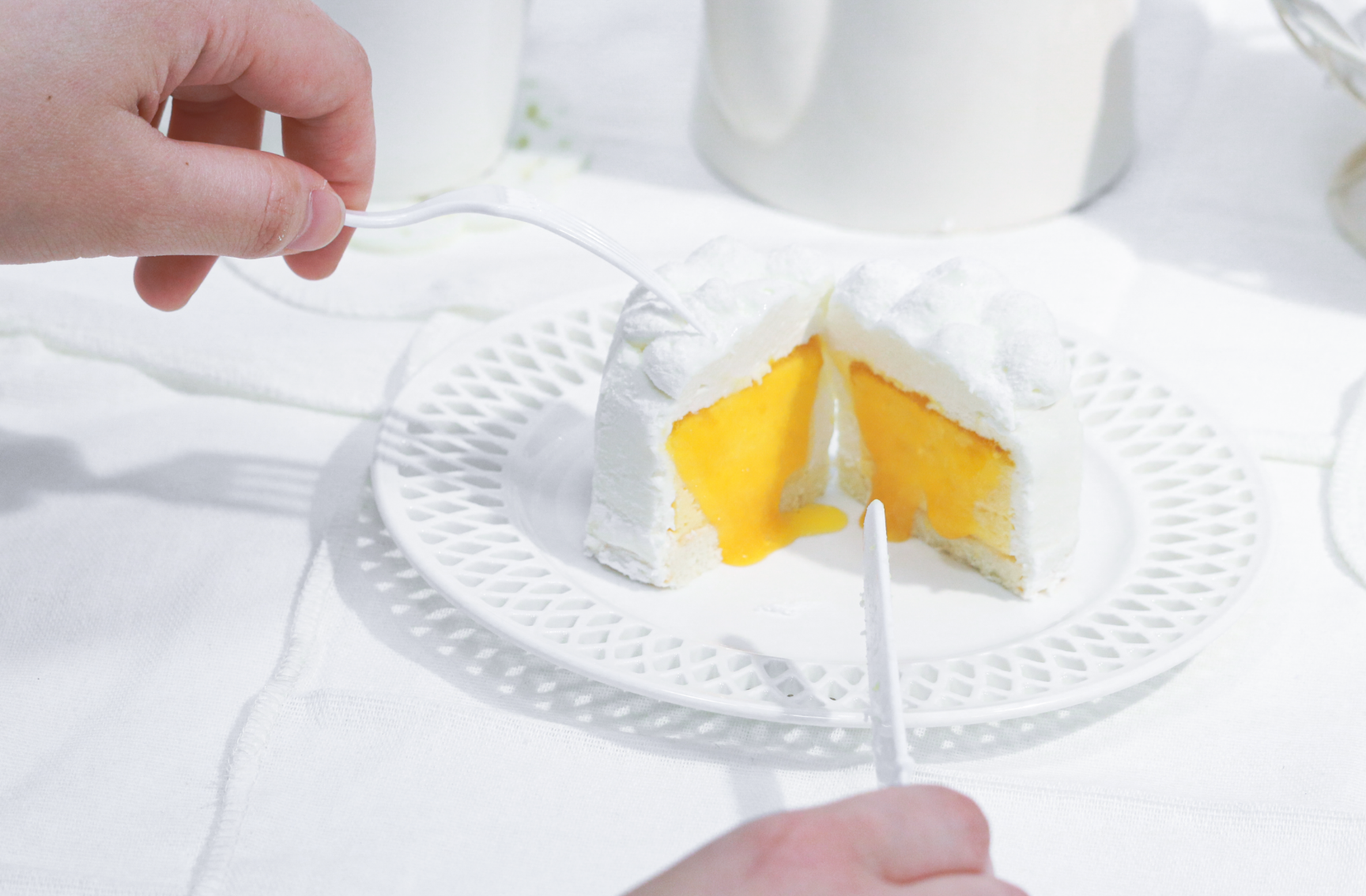
Communicating the World Through Photos
Visuals convey a lot instantly. We spent a considerable amount of time creating visuals that could instantly communicate the brand image and leave a lasting impression. We gathered numerous images to expand our imagination and determined the main colors. Then, we meticulously arranged props like flowers and small items, and planned the photo compositions. During hot seasons, cakes can quickly melt, so we had limited time for shooting. We used materials that wouldnʼt collapse easily for the photo cakes and carefully planned the necessary angles and shooting order. After I moved to Aichi, Kanako took over the photography, sometimes with me giving instructions remotely. "Move the grass a bit to the left!" Iʼd say over the PC screen. (LOL)
For the Black Series, we wanted to propose cakes to enjoy with a nightcap, so we used darker tones and strong contrasts in the photos. When releasing seasonal cakes, we prepared sets that matched the season and the concept of each cake.

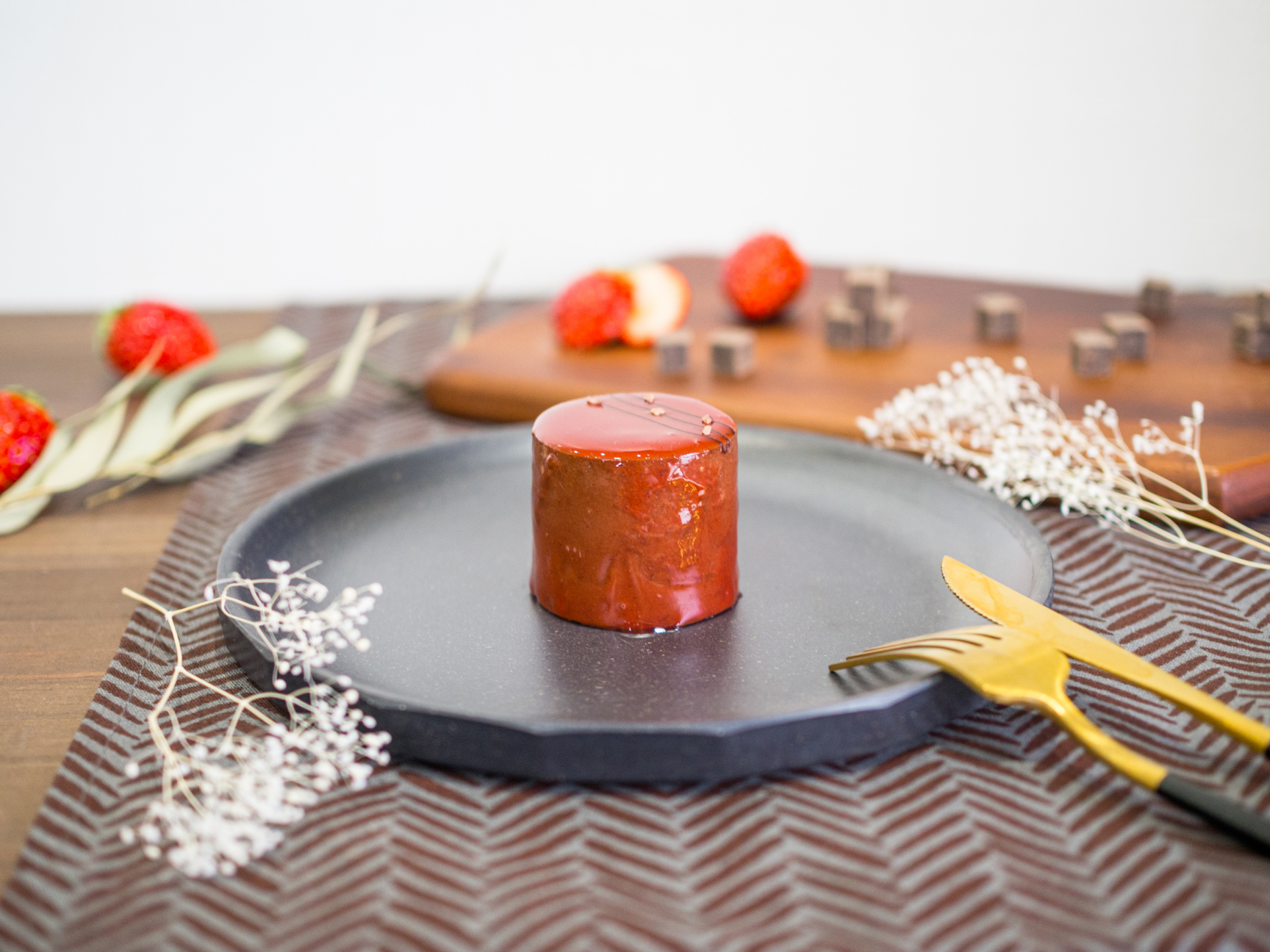
Sharing Lifestyles Through Radio
As I mentioned earlier, our brand aimed to provide "time to cherish oneself," which means "a moment to relax in a busy daily life." One way we promoted this lifestyle was through radio broadcasts. Every Wednesday at 9 PM, we had a 30-minute show where we chatted while preparing for self-care time. Preparing for self-care wasnʼt anything grand--it could be serving convenience store sweets on a cute plate, creating a cozy space with indirect lighting or candles instead of regular lights, or wearing slightly fancier loungewear.
After chatting for about 30 minutes, we had a 10-minute segment of just BGM, where listeners could enjoy their prepared sweets or items. (If the conversation got lively, the show often extended beyond the scheduled time.)
We chose radio because it allowed us to work together without the distraction of visuals, and text or photos lacked real-time warmth. Through this activity, we connected with other broadcasters, regular listeners, and old friends, which was very enjoyable.
For us, confirming our goals through weekly broadcasts and personally experiencing the value we wanted to offer made our product promotions more convincing. It would feel insincere to promote "cherishing oneself" without practicing it ourselves.
Patisserie ATOM had to close last year due to various reasons, but we managed to keep the radio show going almost every week for about six months until the closure.
This whole experience gave me more confidence and familiarity with presenting my designs publicly, making me feel Iʼve grown. Iʼm grateful to Kanako and Minami for this valuable experience.



